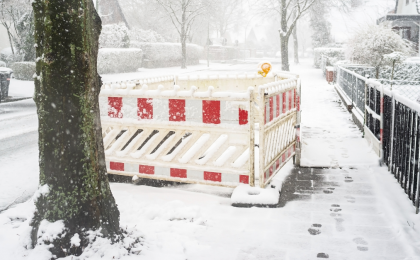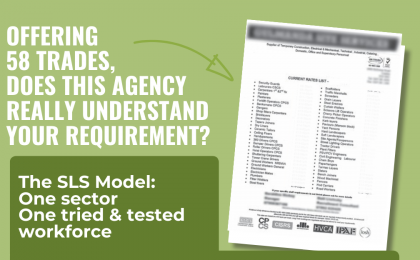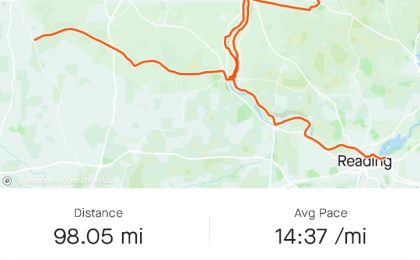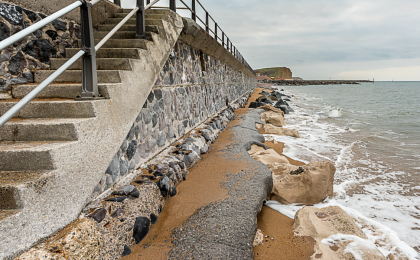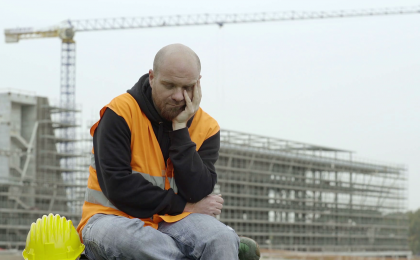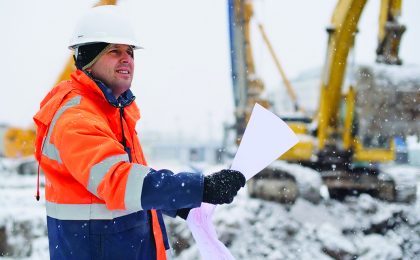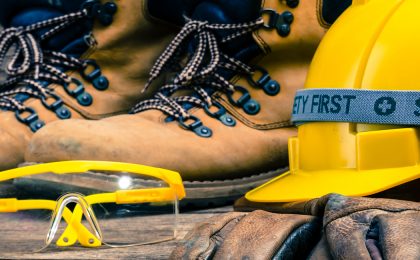Construction does not stop in winter, so it is vital construction contractors and workers understand the right steps to keep safe and warm during cold weather.
In winter, most areas in the country are affected with ice and in recent years an increasing chance of snow, meaning that construction employers must consider high winds, extreme cold, and a high chance of slipping or falling. And as such improve their education to construction operatives on winter construction dangers.
Cold Weather Guidelines For Construction Contractors
Extreme cold during construction can cause injuries and sickness related to the weather. To keep your construction team safe and healthy during winter, here are some useful tips:
- Avoid alcohol and caffeine. It is recommendable that during exceptionally cold spells, workers should replenish their body with regular sports drinks or sugar water.
- Ensure each task is assigned to two or more coworkers so that each person is aware of his or her partner’s conditions.
- Offer regular breaks in warm environments for construction workers to dry their clothes or warm their bodies.
- Encourage workers to wear proper winter clothing, especially those with layers that are adjustable to different weather conditions.
- Ensure workers are trained how to protect themselves.
- Identify signs of cold-related injuries and illnesses.
Clothing For Winter Working
Clothing is one of the most essential resources while working in construction sites during winter. It is vital to wear loose-fitting layers to trap heat. It also allows the body to adjust with them as the weather changes throughout the day. When the body is less active, sweat cools the body, so it is vital to wear adequate layers to keep warm, but not too hot.
Also, ensure to add layers to clothing as the activities decrease. It’s recommended that layers are fabric-manufacture to retain warmth when cold. Polypropylene, polyester fleece, and wool are good examples of fabrics to choose when selecting your winter work clothing.
Conversely, cotton is not a good option because once it gets wet from sweat, snow, or rain, it starts extracting heat out of the body, resulting in the individual getting cold. The effects are noticeable if a cotton shirt is the first layer of your clothing next to your skin, and when wearing socks and cotton socks. Goose down is an excellent insulator during dry weather, but it loses a lot of insulating power when wet, therefore, it is recommended during winter seasons.
Health Concerns – What To Look Out For
In extremely cold weather, if you notice a co-worker in your group has started shivering, they might have mild hypothermia. Hyperthermia is easy to treat when diagnosed at an early stage, so you should take warm food, warm drink, or seek treatment immediately.
For workers with moderate hypothermia, they should minimize movement and take warmed intravenous fluids. Signs of severe hypothermia include loss of consciousness, slurred speech, lethargy, and confusion.
General Tips to Keep Safe
In summary, here are our top tips for keeping safe when working outside during the winter:
- Limit exposure to elements
- Keep track of weather forecasts
- Inspect and prepare vehicles
- Review construction sites every day
- Educate workers on the signs and symptoms of frostbite and hypothermia
- Engineering controls are effective such as using insulating materials on equipment handles, shielding work sites from drafts and winds, or using heaters in places, where practical.
- Minimize construction activities that decrease circulation.




